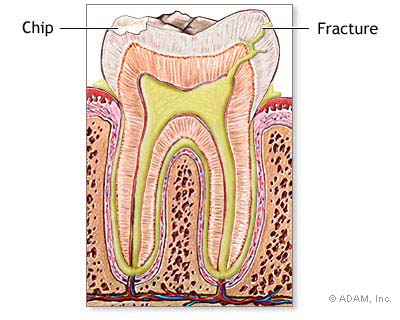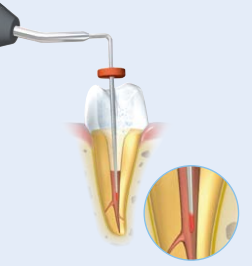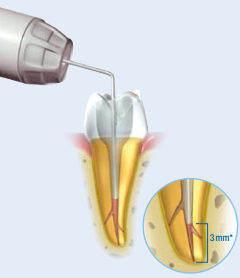Root Canal/ Endodontic Treatment
Can all teeth be saved using Root Canal Treatment?
So What Exactly Is Root Canal Therapy/Treatment?
Before proceeding on to root canal treatment, a rubber dam will be placed around the tooth to isolate the tooth from saliva, tongue and bacteria. This allows better vision of the tooth and also prevents contamination of the tooth. An opening is made by using a tiny drill to remove the crown (enamel and dentin) of your tooth and expose the pulp to remove the pulpal tissue from the pulp chambers and root canals.
Each of the canals are cleaned and shaped using small narrow nickel-titanium files and/or rotary instruments. Disinfecting solutions are used to clean the root canals of the tooth to clear the infection. An apex locator is used for precise length determination of each canal. This step is usually the most time consuming part of the procedure and involves using a series of fine, flexible instruments to remove the pulp tissue and any infected material from inside the root canal(s) of the tooth.
 Schematic of dental crown Schematic of dental crown
Often when a tooth needs a root canal treatment, there is pre-existing damage to the tooth structure caused by extensive decay or trauma.
A dental crown is often necessary after a root canal therapy to restore the tooth to full function and to improve the protection and maintaining of the visible part of the tooth. A dental crown also lessen complications such as fracturing, and prevent bacteria from infiltrating the tooth. We refer to this as a 'coronal seal' and it plays a vital part in the success of root canal therapy. The entire root canal treatment process from the start till the completion of the crown usually take a minimum of 2 visits, consisting of approximately 1 hour per session. This is especially so for the molars as they have more canals and are harder to reach, hence more time is needed. |

|
|




